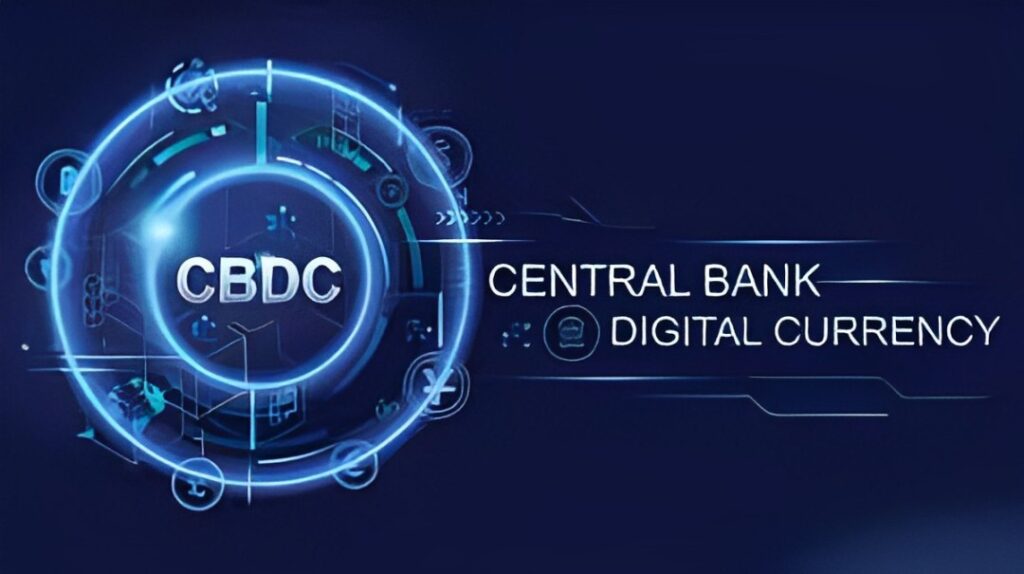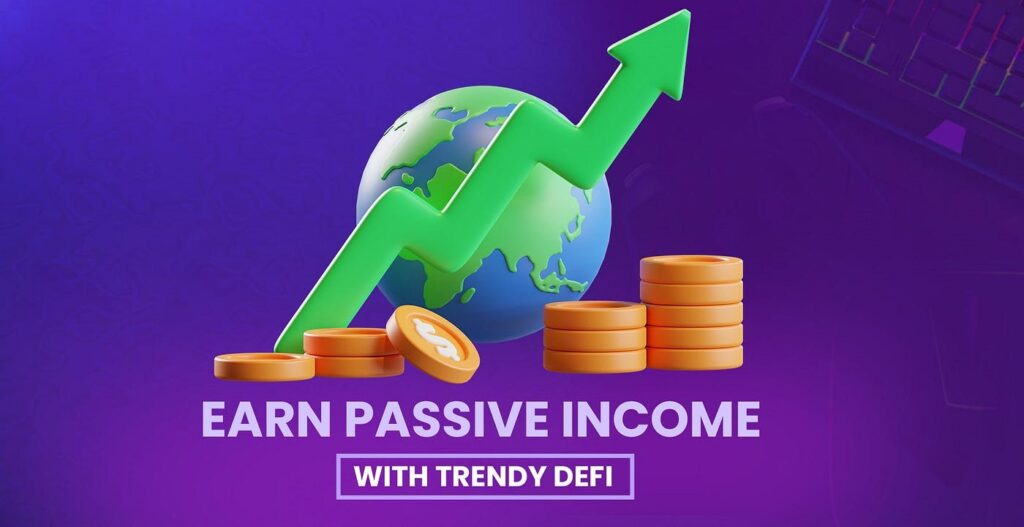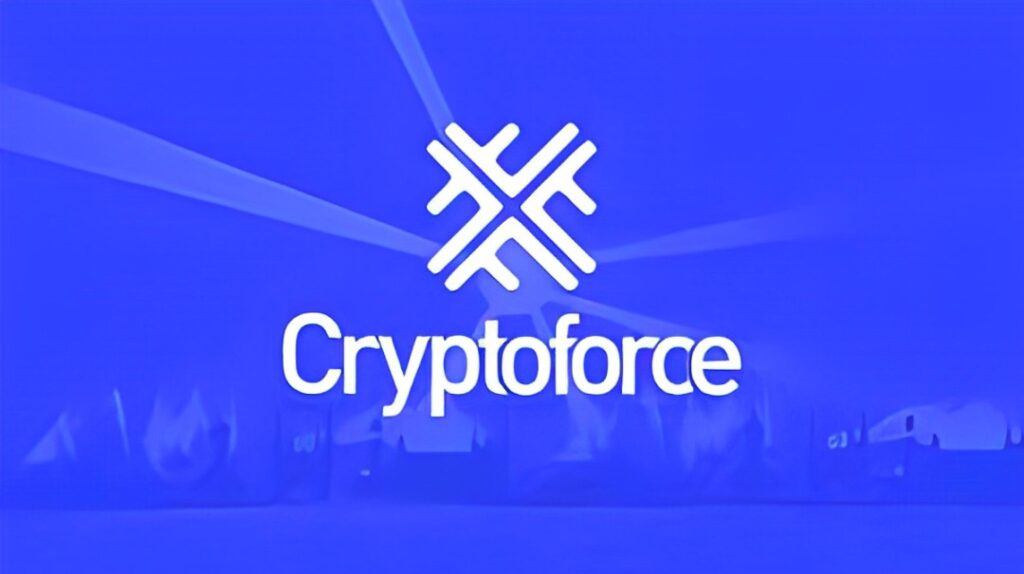
Introduction
Financial literacy is not just for accountants or Wall Street professionals; it’s for everyone who wants to make smart money decisions.
Money, in many ways, is like the fuel that powers the engine of our lives. It can take us places, provide security, and unlock opportunities.
However, just like driving a car requires knowledge of the road rules, handling money requires something called financial literacy.
Imagine setting off on a cross-country road trip without knowing how to read road signs or use a map. It’s a risky endeavor.
Similarly, navigating the financial landscape without financial literacy can be equally treacherous.
So, this article is your map to boosting your financial literacy. We’re not going to delve into complex equations or financial jargon that sounds like a foreign language. Instead, we’ll embark on a journey where the road signs are clear and the destinations are your financial goals.
So, fasten your seat belt, and let’s begin this adventure towards a more financially savvy you.
Understanding Financial Literacy
A. Defining Financial Literacy
Financial literacy is like the compass that guides us through the maze of money matters. It’s the ability to understand and use various financial skills, including personal financial management, budgeting, and investing. In simpler terms, it’s knowing how to make your money work for you.
B. The Power of Informed Decision
Imagine you’re at a grand buffet, but you can only choose a limited number of dishes. Financial literacy helps you pick the most delicious options. It empowers you to make informed choices about saving, spending, investing, and managing debt. Instead of leaving your financial decisions to chance, you can take control of your financial destiny.
C. Relevance Across Life Stages
Financial literacy isn’t a one-size-fits-all concept. It adapts to your life’s changing seasons. Whether you’re a student learning the basics, a professional managing your career and investments, or a retiree safeguarding your nest egg, financial literacy remains a critical companion. It ensures that you make choices aligned with your goals, no matter where you are on life’s journey.
Just as a seasoned traveler knows how to navigate diverse terrains, a financially literate individual can confidently steer through the ups and downs of their financial landscape.
In the following sections, we’ll explore practical ways to boost your financial literacy so you can embark on your financial journey with clarity and confidence.
Assess Your Current Financial Literacy
A. Evaluate Your Financial Knowledge:
Before setting out on a journey, it’s essential to know your starting point. Likewise, assessing your current financial knowledge is the first step to enhancing financial literacy. Take a moment to reflect on what you already know about managing money. Are you confident in creating a budget? Do you understand the basics of investing? Can you decipher financial jargon? Acknowledging where you stand is the key to progress.
B. The Self-Assessment Toolbox:
Think of it as your financial health checkup. To help you pinpoint your financial literacy level, we’ve crafted a self-assessment toolbox. This toolbox might include questions like, “Can you explain compound interest?” or “How to read a credit report?” You will learn more about your talents by using this toolbox.
C. Embrace Areas for Growth:
Recognizing areas where your financial knowledge needs a boost is not a sign of weakness but a mark of wisdom. It’s an opportunity for growth. Just as a gardener tends to specific plants that need more care, you can focus on enhancing your financial literacy in the areas that require attention. As we delve into the practical ways to improve your financial literacy, keep these identified areas in mind. With dedication and the right tools, you can transform potential weaknesses into strengths and embark on a journey toward financial empowerment.
Ways to Boost Financial Literacy
A. Practical Strategies for Improvement:
Now that you’ve gauged your financial literacy level, let’s dive into practical ways to enhance it. These strategies are like tools in your financial toolkit, helping you build a stronger foundation of knowledge and skills.
Reading and Research
Imagine financial knowledge as a treasure chest waiting for you to unlock it. Reading financial books, articles, and blogs is like finding the key. These resources provide valuable insights into money management, investing, and more. Consider it a journey of discovery. For beginners, some books like “Rich Dad, Poor Dad” by Robert Kiyosaki or “The Total Money Makeover” by Dave Ramsey can be excellent starting points.
Financial Workshops and Courses
Just as skilled craftsmen hon their skills through practice, you can refine your financial literacy by attending workshops or online courses. These platforms offer structured learning experiences, often led by experts in the field. Look for reputable institutions or websites like Coursera, TedX, or even local community centres offering financial courses.
Budgeting and Tracking Expenses
Budgeting is your financial roadmap. It helps you understand where your money comes from and where it goes. Creating a budget can be as simple as listing your monthly income and expenses. For daily expense tracking, consider using apps or even a good old-fashioned notebook. This practice fosters financial awareness and discipline.
Seeking Professional Advice
Sometimes, seeking guidance from a financial advisor or planner is the wisest choice. They can provide tailored advice based on your unique financial situation. Consider consulting a professional when making significant financial decisions, planning for retirement, or navigating complex investments. Their expertise can be invaluable.
Utilizing Financial Apps
In today’s digital age, there’s an app for almost everything, including managing your finances. Budgeting apps like Mint, YNAB (You Need A Budget), or Personal Capital can simplify expense tracking and financial goal-setting. Explore these tools to streamline your financial management.
Joining Financial Communities
Learning is often more enjoyable and effective when it’s a communal experience. Consider joining financial forums, local groups, or even online communities where you can discuss financial topics, share experiences, and learn from others. Engaging with a community can provide fresh perspectives and insights you might not discover on your own.
These strategies are not one-size-fits-all; they can be adapted to your preferences and needs. As you explore each approach, you’ll find what resonates with you the most. The key is to take the first step, commit to continuous learning, and watch your financial literacy flourish.
The Importance of Consistency in Financial Literacy
A. Continuous Learning as a Habit
Imagine acquiring financial knowledge like watering a plant. One occasional downpour won’t make it thrive, but consistent watering will. Financial literacy is similar; it flourishes with continuous learning and practice. Consistency is the soil on which your financial capabilities grow.
B. The Power of Small Steps:
Consider this: if you learn just one new financial concept or practice each month, that’s twelve enriching lessons in a year. Over time, these small, consistent efforts compound, leading to significant improvements in your financial literacy.
For more such informative articles, subscribe to our page: https://contentonweb.com/
Overcoming Challenges
A. Recognizing Roadblocks:
As you embark on your journey to enhanced financial literacy, you might encounter challenges. These could include time constraints, information overload, or simply not knowing where to start. The first step in overcoming these challenges is to recognize them.
B. Strategies for Success
To surmount these challenges, you can break your learning into manageable chunks. Dedicate a few minutes each day or a couple of hours each week to financial education. Consider setting specific goals for what you want to learn or achieve, such as understanding investment basics or creating a debt repayment plan. Remember, Rome wasn’t built in a day, and neither is financial literacy.
Tracking Progress
A. Measure What You Manage
Tracking your progress is crucial on any journey, and financial literacy is no different. Consider setting benchmarks for yourself. For instance, you aim to complete a certain number of financial articles, courses, or books in a year.
B. Setting Goals
Establishing measurable financial literacy goals is like placing signposts on your learning path. It gives you direction and motivation. Whether it’s improving your credit score, starting an emergency fund, or understanding the stock market, set clear, achievable goals.
C. Regular Assessment
Periodically revisit your financial literacy level. You’ll be astounded by your progress. Assess what you’ve learned, identify areas that need further attention, and adapt your goals accordingly.
Conclusion
A. Your Path to Financial Empowerment:
In conclusion, financial literacy is not a destination but a journey. It’s a journey towards financial empowerment, security, and the ability to make informed decisions. The steps you take today will shape your financial future.
B. Unlocking Your Financial Potential:
We’ve explored the significance of financial literacy, assessed our current knowledge, and discussed practical strategies for improvement. Remember, you’re not alone on this journey. Financial literacy is within reach for anyone willing to take consistent steps toward it. As you enhance your financial knowledge, you’ll unlock your financial potential, one lesson at a time.
C. Take Action: Don’t wait; start now. Commit to your financial education and watch how it transforms your financial well-being. Whether you’re a beginner or looking to deepen your financial understanding, the path to financial literacy is open to all who dare to embark upon it.
- decision-making
- Economic Growth
- financial
- Financial Decisions
- Financial Literacy
- financialknowledge
- money
- risk management
- security
Response (2)
Leave a comment Cancel reply

Why should you choose Banking and Financial services fund?

Difference Between Mutual Funds and Exchange Traded Funds: A Closer Look

When the world order responds to cryptocurrency: CBDC

India’s CBDC Project: A New Direction Towards Digital Currency

How to Earn Passive Income Using a Staking Pool?



Doloremque ad a adipisci aut ducimus exercitationem qui. Commodi ipsam enim voluptatem excepturi. Quibusdam quae eaque quo sed fugiat. Est amet natus iusto autem inventore suscipit.
Et ut consequatur omnis qui. Nisi animi consequuntur est facilis. Ut autem dolores suscipit modi odit dolorem alias. Harum quo et deleniti amet.